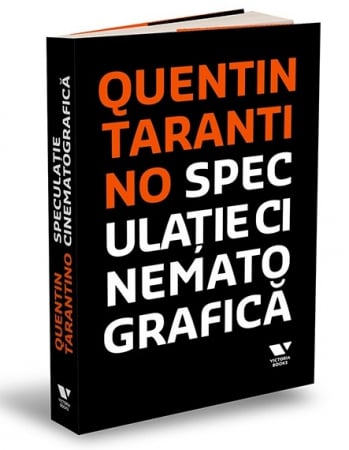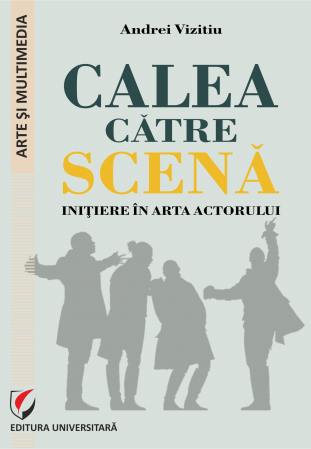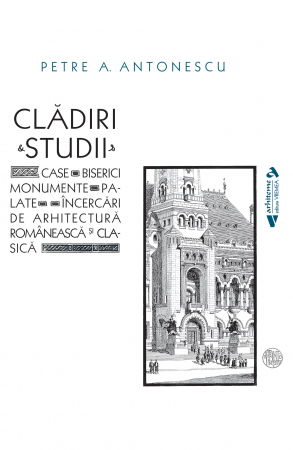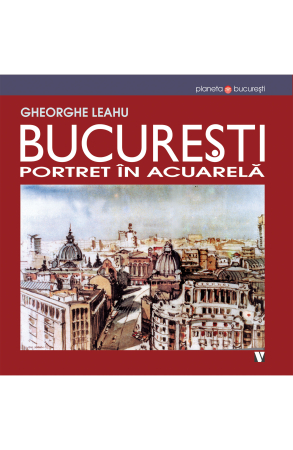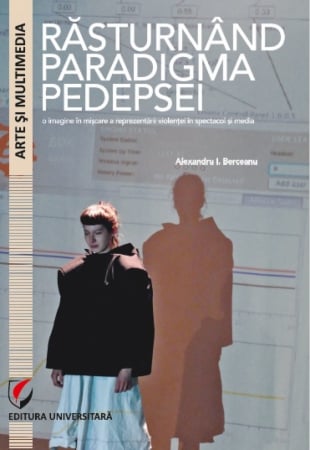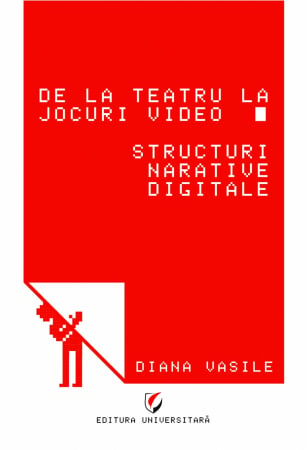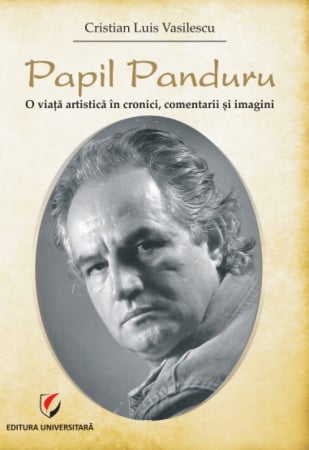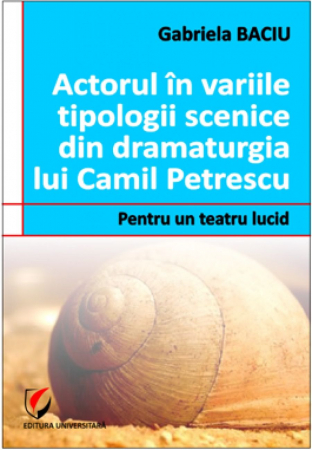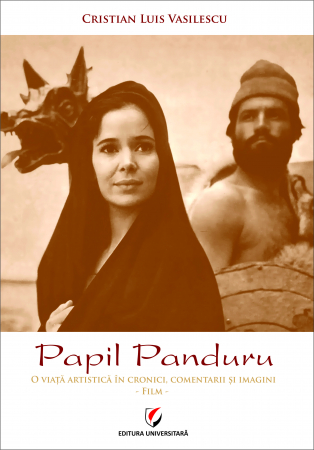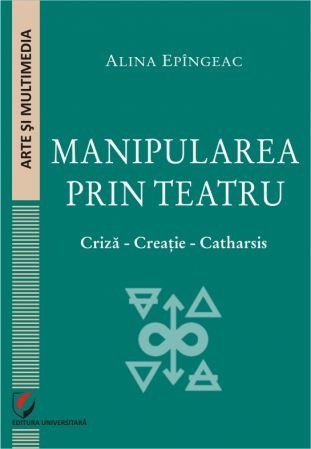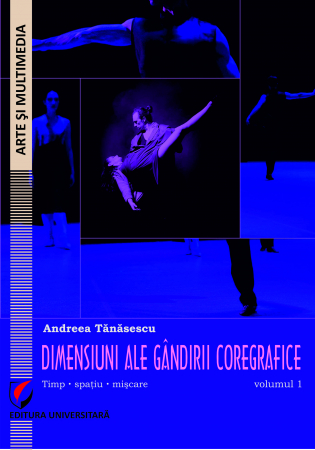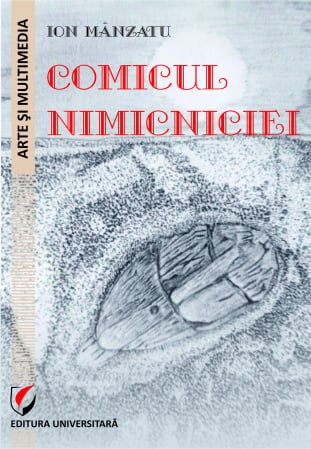Manuscript proposals: [email protected] / 0745 204 115 //// Tracking orders Individuals / Sales: 0745 200 357 / Orders Legal entities: 0721 722 783
ISBN: 978-606-28-0836-5
DOI: 10.5682/9786062808365
Publisher year: 2018
Pages: 250
Publisher: Editura Universitară
Author: Camelia Burghele
Product Code:
9786062808365
Do you need help?
0745 200 357
- Download (1)
- Authors
- Content
- More details
- Reviews (0)
-
Houses, people and stories. Architecture and living on the Somes Valley - Salaj, people and stories. Architecture and living on the Somes Valley - Salaj
Download
Camelia Burghele
For a grammar of architecture (Camelia Burghele) / 7
House, home, home, household: man and architecture. Synchrony and diachrony in the Salaj villages on the Somes Valley (Camelia Burghele) / 13
The traditional household from the Somes Valley (Olimpia Muresan) / 82
Rites and construction customs (Olimpia Muresan) / 121
The evolution of construction materials and school constructions on the Somes Valley (Marin Pop) / 139
ANNEXES
1. The situation of construction materials and houses on the Somesulu Valley in 1900/158
2. The situation of some houses on the Somesulu Valley in 1938/161
3. Memorandum of the community from Napradea submitted to the Ministry of Public Instruction to support the construction of the local school / 162
4. Table with the schools left unfinished in the campaign d in 1927 -1928 and finalized in the years 1934 -1936 / 163
5. Table with the new schools built in the period 1934 -1936 / 164
"False houses" between instrumental and symbolic (Eugen Crihan) / 175
Local houses (photo album) / 191
… And us (field photos) / 219
House, home, home, household: man and architecture. Synchrony and diachrony in the Salaj villages on the Somes Valley (Camelia Burghele) / 13
The traditional household from the Somes Valley (Olimpia Muresan) / 82
Rites and construction customs (Olimpia Muresan) / 121
The evolution of construction materials and school constructions on the Somes Valley (Marin Pop) / 139
ANNEXES
1. The situation of construction materials and houses on the Somesulu Valley in 1900/158
2. The situation of some houses on the Somesulu Valley in 1938/161
3. Memorandum of the community from Napradea submitted to the Ministry of Public Instruction to support the construction of the local school / 162
4. Table with the schools left unfinished in the campaign d in 1927 -1928 and finalized in the years 1934 -1936 / 163
5. Table with the new schools built in the period 1934 -1936 / 164
"False houses" between instrumental and symbolic (Eugen Crihan) / 175
Local houses (photo album) / 191
… And us (field photos) / 219
Globalization, secularization, heritage safeguarding, in situ conservation, patrimonialization, intangible heritage, traditions, customs, popular culture, identity are terms that have entered the usual vocabulary of man living this temporary socio-cultural stage marked, in mid-2018, by the threat of Islamic terrorism, the dangers of global warming, the generalization of the Internet (network, matrix and social media), maximum territorial mobility or e- and e-migration from one continent to another. And the appearance of the electric car, of the huge malls (Augenian non-places) or the victory of online shopping only increases the feeling of "world of the future"; and you don't have to be an ethnologist or an anthropologist to realize how far that beautiful and nostalgic world of what has been called, for a well-determined historical period, "the traditional Romanian village" is.
The Romanian village is redefining itself at a fast pace and with it the notion of “ethnographic field” but also that of ethnographer, ethnologist, anthropologist is resized. So we and our job.
The traditional village became, one by one, the co-operative village, then the socialist village, then the communist village, in order to then be, for a much too long period of time, the village in transition; finally, more recently, it has become an emancipated village, a European village, a globalized village and, almost, an "immigrant village"; but, above all, for us, for field ethnographers, it has often become an abandoned village, a depopulated village, an aging village. Finally, on the scale of history, the village of the third millennium has become, I would say, the post-traditional village, in one of its many facets. (...) Camelia Burghele
The Romanian village is redefining itself at a fast pace and with it the notion of “ethnographic field” but also that of ethnographer, ethnologist, anthropologist is resized. So we and our job.
The traditional village became, one by one, the co-operative village, then the socialist village, then the communist village, in order to then be, for a much too long period of time, the village in transition; finally, more recently, it has become an emancipated village, a European village, a globalized village and, almost, an "immigrant village"; but, above all, for us, for field ethnographers, it has often become an abandoned village, a depopulated village, an aging village. Finally, on the scale of history, the village of the third millennium has become, I would say, the post-traditional village, in one of its many facets. (...) Camelia Burghele
If you want to express your opinion about this product you can add a review.
write a review

6359.png)
![Houses, people and stories. Architecture and living on the Somes Valley - Salaj - Camelia Burghele [1] Houses, people and stories. Architecture and living on the Somes Valley - Salaj - Camelia Burghele [1]](https://gomagcdn.ro/domains/editurauniversitara.ro/files/product/large/case-oameni-si-povesti-arhitectura-si-locuire-pe-valea-somesului-salaj-220-911851.jpg)
